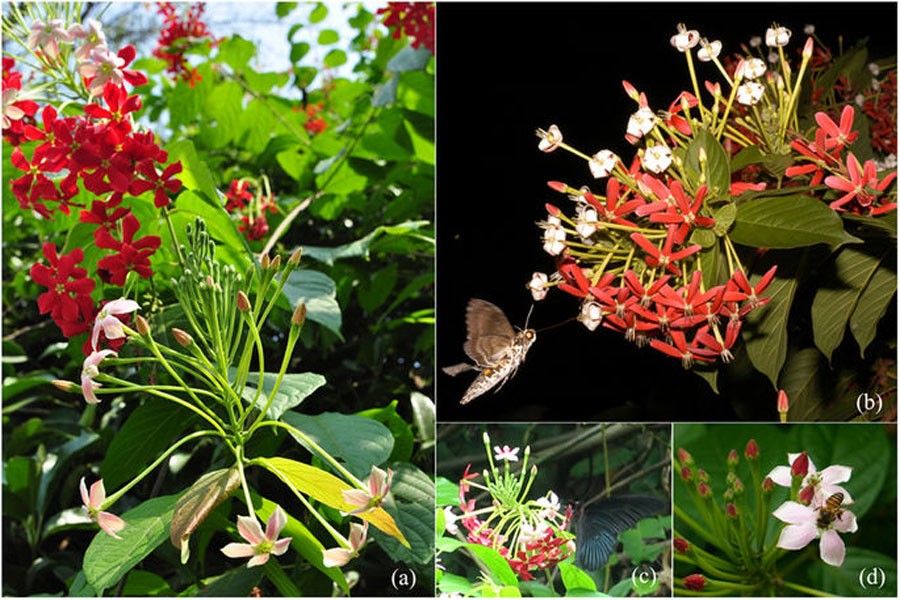Pollinators, such as insects, those carry pollen from one plant or part of a plant to another, use a combination of cues such as colour, shape and odor to identify flowers in different environments across the world, a new study suggested.
According to a Xinhuanet report, the results, published in the US journal Proceedings of the National Academy of Sciences, are important because little is known about what attracts wild insect pollinators to flowers, although 75 per cent of the world's food crops depend at least in part on pollination.
The researchers said that their findings can have important implications for establishing planting strategies resilient to environmental change.
Researchers from Sweden, Australia and India began their study by collecting observations on the behaviour of hoverflies, a group of generalist pollinators, in three of these insects' natural habitats in India and Sweden.
This helped them gather data on the characteristics of flowers that hoverflies found attractive and those that they found unattractive.
From a ‘statistical soup’ of all their findings, the team then extracted information about the features that hoverflies seemed to find most attractive and less attractive.
Using the results of their statistical analyses, the researchers then modelled a set of hypothetical flowers, whose attractiveness to hoverflies were then tested in those three places.
The experiments with the artificial models indicated that hoverflies prefer certain combinations of flower characteristics in specific environments.
For example, flower models of small blue models with a specific scent were highly attractive to hoverflies in Bangalore, but not so in Sikkim or in Uppsala.
The study was done by Karin Nordstrom's group from the University of Uppsala, Sweden, and Flinders University, Australia, together with Shannon Olsson's team from the National Center for Biological Sciences in Bangalore, India.
"This is really important," added VS Pragadeesh, a student from Olsson's lab who was involved in the study.
"It means that pollinators have specific preferences in flowers in specific places. Without these cues, hoverflies may not recognise flowers as flowers," he said.
"Our models were not flower mimics or lures -- they just used combinations of cues determined from our analysis," Nordstrom added.
"Some of our artificial flowers were attractive in all environments, despite having no reward or even resembling a real flower."
"We really must begin understanding pollination as a global ecological service," Olsson said.
"Many insects can be found across the globe, and understanding them across continents is essential not just for our own food security, but, I believe, for the future of this planet," she said.


